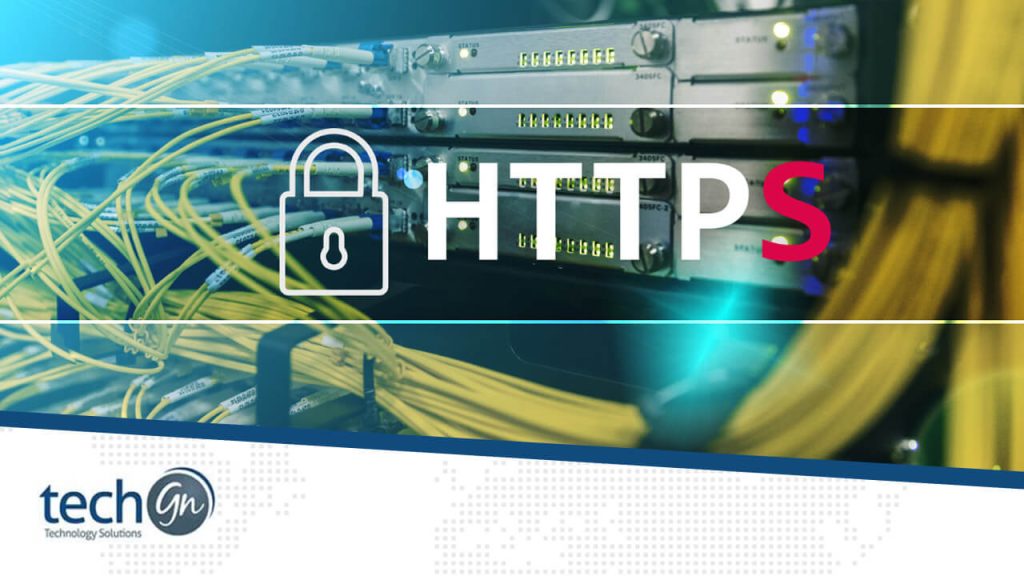As users, we demand lightning-fast access to web content, and as website owners, we strive to meet these expectations while ensuring efficient resource utilization. Enter HTTP/2 protocol, a game-changer in the realm of web delivery, promising faster and more efficient communication between servers and clients. In this blog post, we’ll delve into the intricacies of HTTP/2, exploring its features, benefits, and practical implications for website optimization.
Evolution of Web Protocols
Before we dive into HTTP/2, let’s take a quick trip down memory lane to understand its predecessors. HTTP/1.1, the previous version, served as the backbone of the World Wide Web for over a decade. While revolutionary in its time, HTTP/1.1 suffered from certain limitations, particularly in handling multiple concurrent requests and optimizing data transfer efficiency. These shortcomings paved the way for HTTP/2, a successor designed to address the evolving needs of modern web applications.The Birth of HTTP/2
HTTP/2, standardized in May 2015 by the Internet Engineering Task Force (IETF), was developed as a response to the performance bottlenecks of HTTP/1.1. At its core, HTTP/2 aims to minimize latency, enhance security, and improve overall user experience. Unlike its predecessor, HTTP/2 is binary-based, enabling more efficient parsing and reduced overhead. However, its real breakthrough lies in its multiplexing capability, allowing multiple requests and responses to be exchanged simultaneously over a single TCP connection. This multiplexing feature eliminates the need for multiple connections per origin, significantly reducing latency and improving resource utilization.Key Features of HTTP/2
Stream Prioritization
HTTP/2 introduces stream prioritization mechanisms, enabling clients to specify the importance of individual resources. This prioritization ensures that critical assets, such as CSS and JavaScript files, are delivered promptly, enhancing overall page rendering speed.Server Push
Another noteworthy feature of HTTP/2 is server push, which allows servers to proactively send resources to clients before they are explicitly requested. This preemptive approach can significantly enhance page loading times by anticipating and fulfilling resource needs.Header Compression
HTTP/2 employs header compression techniques, such as HPACK, to reduce overhead and optimize bandwidth utilization. By compressing header data, HTTP/2 minimizes redundant information, resulting in faster transmission times.Multiplexing
As mentioned earlier, HTTP/2 enables concurrent streams of data within a single connection, eliminating the head-of-line blocking problem inherent in HTTP/1.1.Benefits of HTTP/2 Adoption
The adoption of HTTP/2 offers a myriad of benefits for website owners and end-users alike:Optimized Resource Utilization
HTTP/2’s efficient handling of resources translates into lower server overhead, reduced bandwidth consumption, and improved scalability, particularly in high-traffic scenarios.Enhanced Security
While not a direct feature of HTTP/2, the widespread adoption of HTTPS, which is a requirement for HTTP/2, ensures data integrity and confidentiality, bolstering overall security.Reduced Latency
The ability to handle multiple concurrent requests within a single connection minimizes latency and round-trip times, particularly for content-heavy websites.Improved Performance
By leveraging multiplexing, header compression, and other advanced features, HTTP/2 accelerates website loading times, resulting in a smoother and more responsive user experience.Practical Considerations for Implementation
While the benefits of HTTP/2 are undeniable, its successful implementation requires careful consideration of several factors:Testing and Monitoring
Conduct thorough testing to assess the impact of HTTP/2 on your website’s performance and compatibility with existing infrastructure. Monitor key metrics, such as page load times and server resource utilization, to identify potential bottlenecks and fine-tune configurations accordingly.Content Optimization
While HTTP/2 improves overall performance, optimizing content delivery remains crucial. Minimize the number of requests, leverage browser caching, and prioritize critical resources to maximize the benefits of HTTP/2.Server Support
Before transitioning to HTTP/2, ensure that your web server and hosting provider support the protocol. Most modern servers, including Apache, Nginx, and IIS, offer HTTP/2 compatibility through configuration updates or plugin installations.Bottom Line
HTTP/2 represents a significant leap forward in web protocol technology, offering unparalleled speed, efficiency, and scalability for modern websites and applications. By harnessing the power of multiplexing, header compression, and other innovative features, HTTP/2 enables faster and more reliable content delivery, ultimately enhancing the user experience and driving business success in the digital age. Embrace HTTP/2 today and unlock the full potential of your online presence.Reviews
Tailoring Solutions


